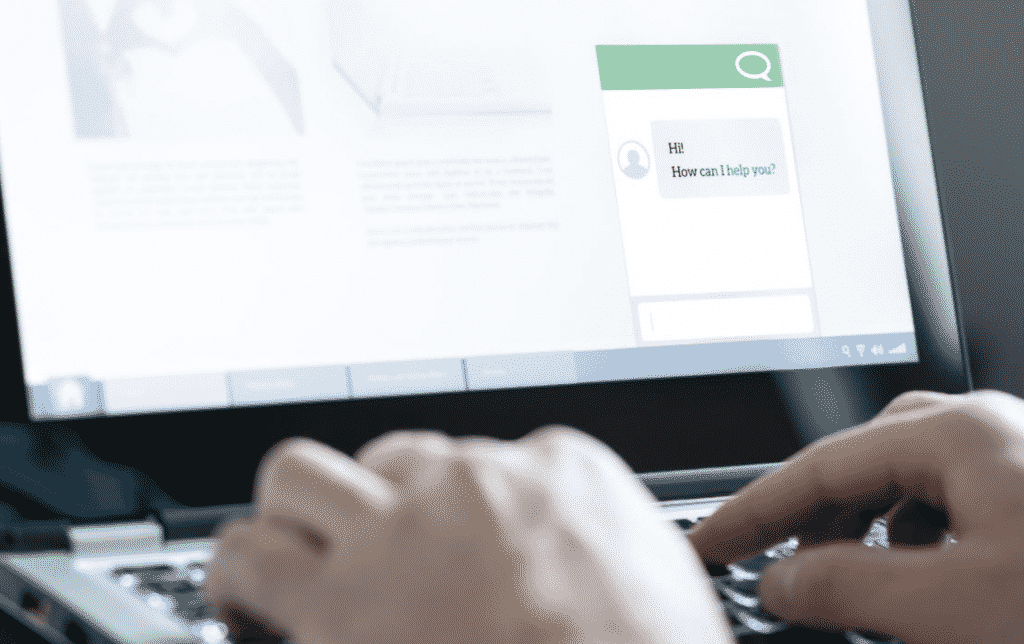Payroll and HR are two of the most time-consuming departments in any organization, but they don’t have to be tedious! The digital revolution has made it easier than ever to manage payroll and perform HR management functions without an office full of paperwork or stacks of employee files. Now all you need is your computer, the internet, and the right tools to put some organization back into your life. Here’s how you can go paperless with payroll and HR management.
Why are payroll systems being digitized?
Why are payroll systems being digitized? Well, first of all, there are some benefits to having an automated system that replaces your reliance on both manual processes as well as spreadsheets. For example, some employees feel more comfortable with technology than they do with a manager. By digitizing your payroll, you can accommodate those employees who don’t have access to online systems by providing them with access to Human Resources via phone or email.
What is motivating organizations to switch to digitized payroll systems?
Historically, employers have paid their employees via checks or direct deposit. However, a new system is growing in popularity: payroll cards. The trend of switching to digital payroll software is being driven by numerous factors—such as improved convenience for employees, increased efficiency for employers, and reductions in administrative costs—which are also helping to speed up digitization adoption throughout other areas of human resources management. This trend presents an opportunity for organizations to not only save money through payroll automation but also keep pace with today’s digitally-savvy workforce.
How will digitization impact hiring management?
Hiring can be a daunting task, but advances in technology have made it easier to find great candidates. From social media outreach to an abundance of online job boards, you’re able to reach a wider audience than ever before. Plus, there are tools available that make screening for competencies, skills, and experience easier—you don’t have to dig through a lot of resumes to identify top talent. But what does all of this mean for your hiring process? It means you’ll need new strategies—particularly when it comes to applicant tracking systems (ATS) that capture applications from potential employees. They streamline your hiring process, enabling better decision-making on your part by giving you more information at your fingertips.
How will digitization affect existing staff?
According to a recent study, over half of all workers fear losing their jobs to automation, with 60% saying that they are not confident they have skills that will be needed by future employers. The obvious implication here is that most people are worried about being out of work at some point. More specifically, how will digitization affect workers who are currently performing tasks manually? Well, it depends on what type of job they have. Workers whose responsibilities primarily involve administrative duties or data entry might be vulnerable—automation can make these tasks much cheaper, even more so when you factor in basic human error.
Bridging the Gap Between Payroll & HR
The proliferation of employee data has been a boon for payroll departments, as well as those tasked with managing HR, but large volumes of information can be challenging to manage. In fact, a lack of proper analysis may even be delaying compensation decisions. The solution is as simple as getting employees involved. If you’re going to use technology to bridge any gap, take that extra step and engage with your employees – don’t just throw technology at a problem without thinking about how it will be used. For example, take something as simple as a company newsletter: if no one reads it or cares about it, it will have little impact on improving communication between payers and payees.
The future of payroll is digital; more importantly, it’s automated. Moving from a traditional, manual approach to a digitized solution can dramatically change everything from company culture to employee satisfaction. By moving from old ways of doing things to newer, more productive approaches, companies can revolutionize their business processes. In other words, today’s businesses aren’t just modernizing payroll—they’re reinventing payroll entirely.

